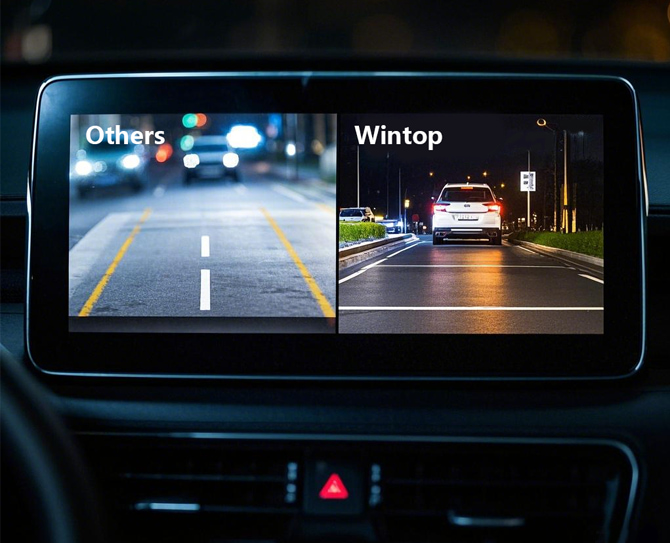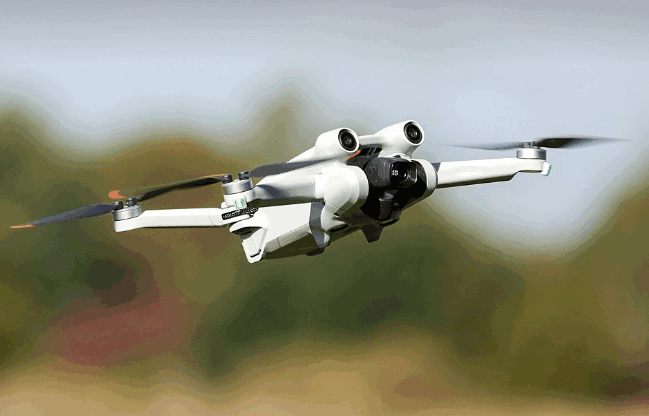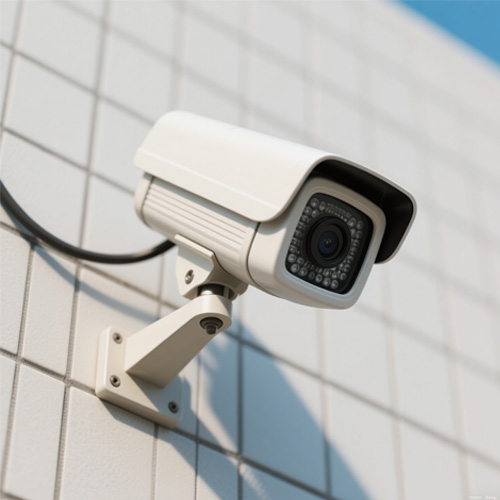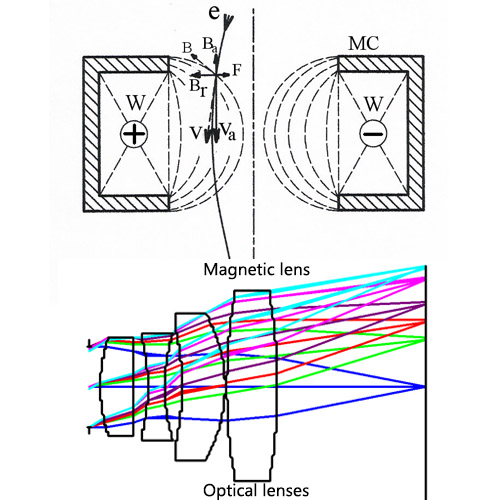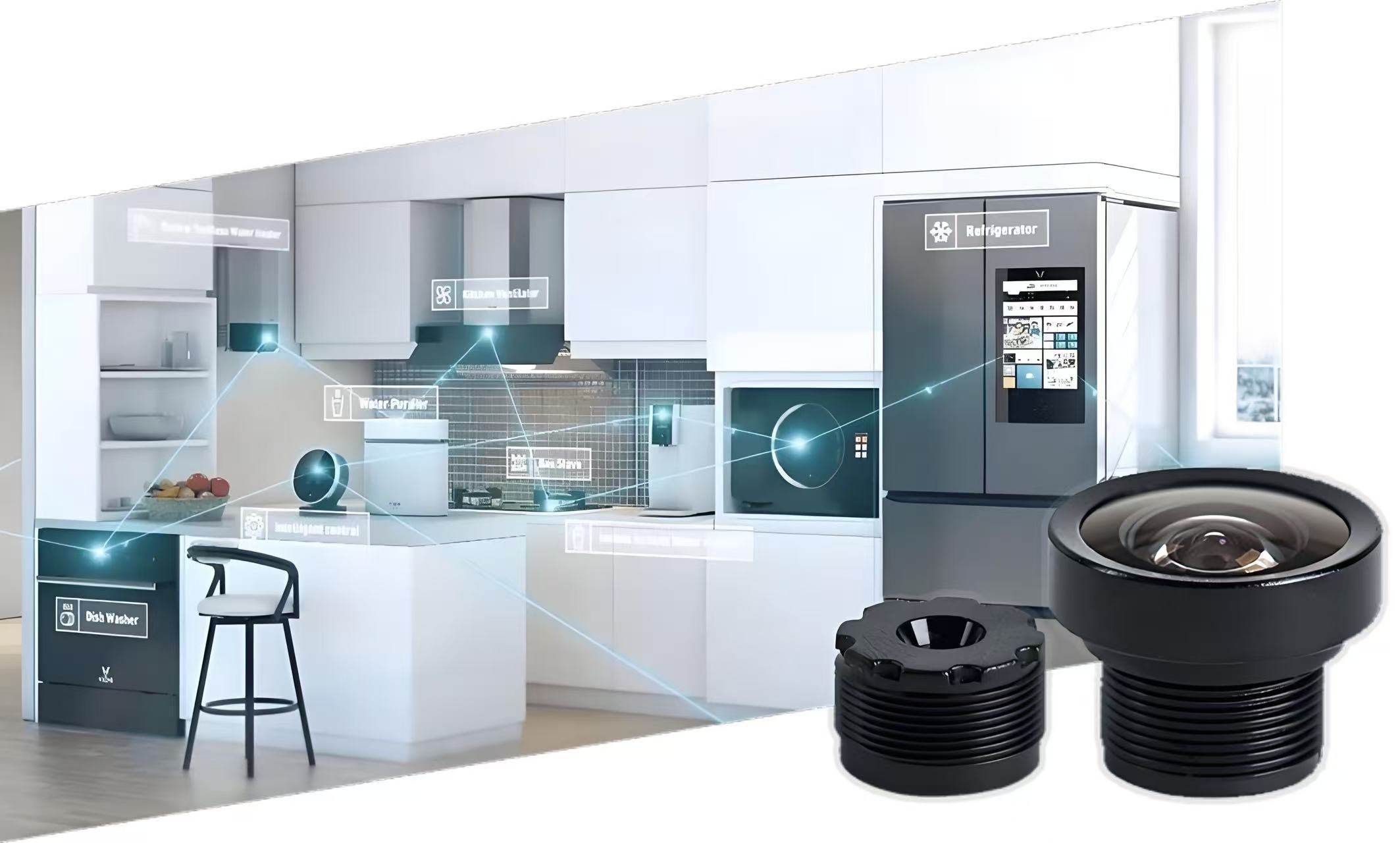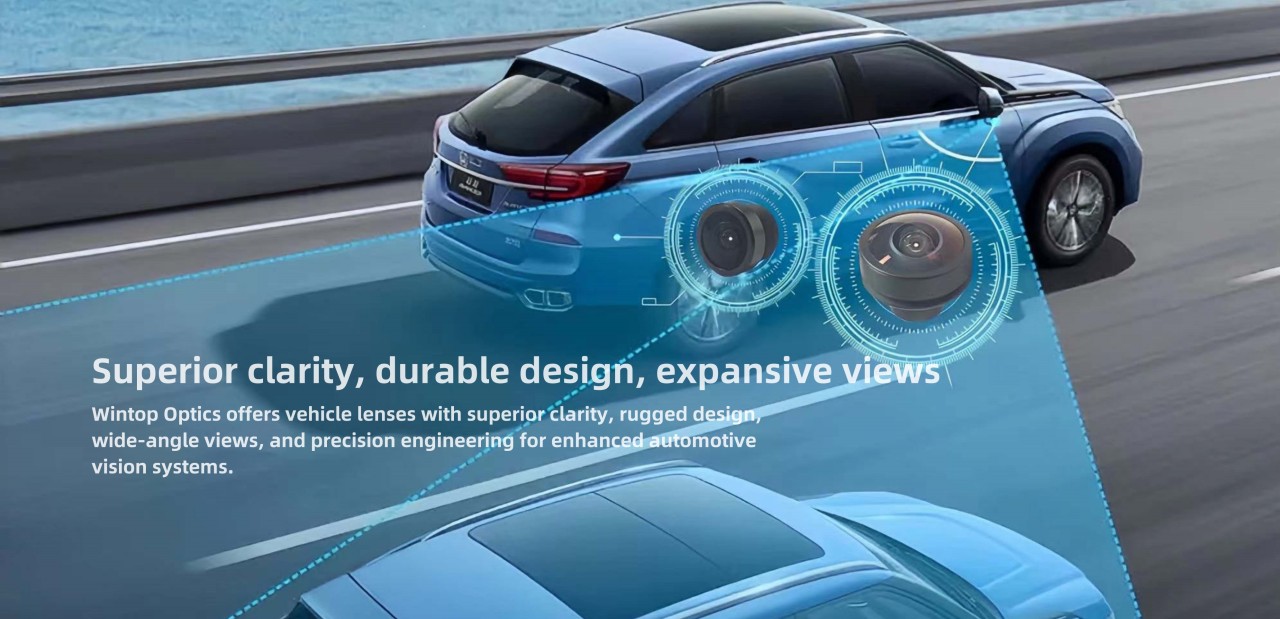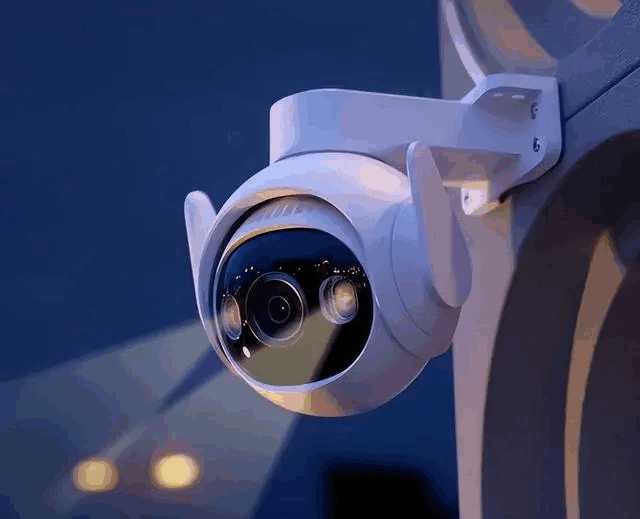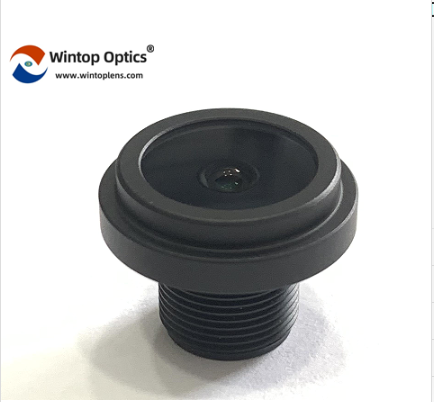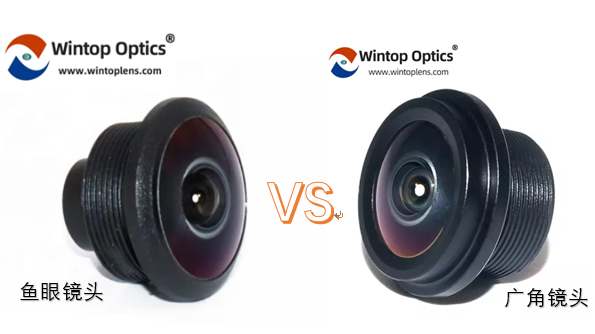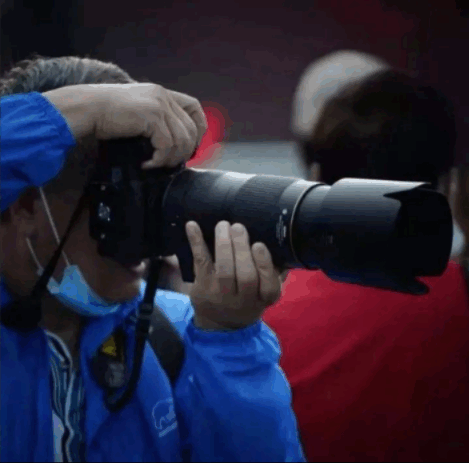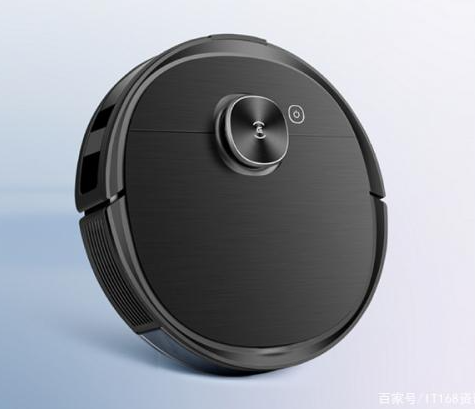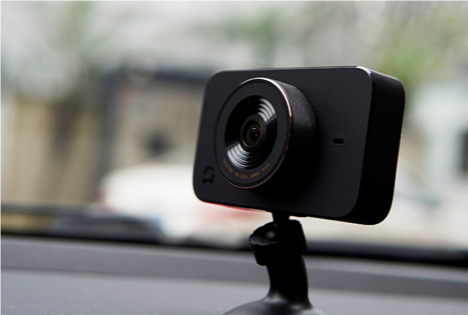Surveillance Camera Lens Types and Recommendations
Oct 31, 2024
Surveillance camera lenses are classified according to the mode of operation:
Fixed fixed focus camera lens:Used to monitor fixed scenes, such as entrances and exits or parking lot driveways.
Rotary camera lens:The camera is placed on the rotating table and can be rotated left and right.
Spherical camera lens:Can rotate 90 degrees vertically and 360 degrees horizontally. Usually placed in the four corners of the community building, the atrium landscape and the second foyer.
Dome camera lens:Usually placed in elevators or more beautiful public facilities.
Surveillance camera lens performance classification:
General camera .
Low-light camera.
Infrared camera.
Megapixel camera.
Surveillance camera lens function classification:
Infrared night vision surveillance camera
The night vision function uses infrared sensing technology, the principle is that any object will emit heat, and objects of different temperatures emit different heat. The night vision function collects this information and converts it into a visual image, which can clearly present the surveillance scene at night, suitable for scenes that require monitoring at night.
cyber security surveillance cameras
The webcam is a front-end device that combines traditional cameras and network video technology. In addition to the latest webcam capabilities, it also has a digital compression controller and a web-based operating system built into the machine. After the video data is compressed and encrypted, it is sent to end users through the local area network or wireless network.
Explosion-proof surveillance camera
Explosion-proof cameras belong to explosion-proof monitoring products, because conventional camera products cannot be used in high-risk flammable and explosive sites. Cameras with explosion-proof functions and relevant certificates issued by national authorities are required to have explosion-proof functions. They are suitable for mines and high-risk scenarios.
ADAS camera lens
ADAS cameras refer to cameras used in advanced driver assistance systems (ADAS). As a key visual sensor, they can capture image information and convert it into digital signals through in-depth processing, thus realizing ADAS functions such as forward collision warning, lane departure warning, and pedestrian detection.
CCTV camera lens
The CCTV monitoring system is a cross-industry comprehensive security system that uses the world's most advanced sensing technology, surveillance camera technology, communication technology and computer technology to form a multi-functional and all-round monitoring highly intelligent processing system. The CCTV monitoring system can give people the most direct visual and auditory experience, as well as the visibility, real-time and objective record of the monitored object.
smart home equipment surveillance camera lens
The application of lens technology in smart devices has greatly improved the functionality, image quality and overall performance of smart devices. Video conferencing cameras, bird feeder cameras, scanner robot cameras, cropper cameras, doorbell facial recognition cameras, parking lot cameras, scanner cameras, etc. all rely on lenses to capture clear, accurate and high-resolution images. As lens technology continues to advance, we can expect even more significant improvements in the performance of these smart devices, ultimately changing the way we perceive and interact with the world around us.
Surveillance camera lenses can be divided into:
PTZ type (PTZ type integrated camera)
Nowadays, only heavy-duty gimbal is available. Ordinary gimbal machines have been replaced by ball machines with built-in guns, telephoto lenses, and infrared or laser lamps. They are mainly used in remote monitoring systems such as forest fire monitoring, sea level, and water conservancy, with a high degree of professionalism.
Gun type (gun type camera)
The gun type is similar to the SLR camera body, which can be matched with the lens according to the needs, so the function is flexible, can be matched with different lenses, can be equipped with infrared lights, fill lights, radar capture and other functions, generally with IO expansion interface, mainly used in road monitoring and other high-demand scenes for cameras, but also the main components used in the PTZ interior, with a high degree of professionalism.
Ball model (ball camera)
Dome cameras can generally rotate 360 degrees horizontally and 90 degrees vertically, and are suitable for all-round monitoring of a certain point. Generally, larger 6 or 7-inch ball machines are suitable for use in large scenarios, such as factories, agriculture, water conservancy and other engineering environments. 3, 4, 5-inch small ball machines, mini and compact, suitable for shopping and home use.
Barrel model
Integrated infrared light, good integration effect, used in ordinary outdoor monitoring, better waterproof, relatively cost-effective. Recommended for outdoor monitoring in factories, buildings, residences and other environments.
hemispherical
Generally integrated infrared lamp, audio and other functions, suitable for indoor, beautiful and compact appearance, recommended in shops, indoor and other environments.
Mini
Suitable for home use, integrated infrared lamp, audio and other functions, beautiful and compact appearance, recommended for home use, many participating companies, a wide range of options.
Surveillance camera lenses are divided according to imaging color:
Color camera: suitable for identifying the details of the scene, such as identifying the color of clothing or scenery. The amount of information increases due to color, and the amount of information is generally considered to be 10 times that of a black and white camera.
Black and white cameras: suitable for low-light areas and areas where lighting equipment cannot be installed at night. When only monitoring the location or movement of the scene, a black and white camera with a higher resolution than a color camera can be selected.
Surveillance camera lenses are divided according to camera sensitivity:
Ordinary type: The illumination required for normal operation is 1 to 3 lux.
Moonlight type: The illumination required for normal operation is about 0.1 LUX
Starlight type: The illuminance required for normal operation is 0.01 LUX or less
Infrared illumination type: In principle, it can be zero-illumination, using infrared light sources for imaging.
When selecting a surveillance camera, you should consider the following factors:
Resolution and image quality: Choose a camera with high resolution and clear images to ensure you can capture clear surveillance images.
Video storage and management: Learn how cameras store and manage video data, such as through local storage, cloud storage, or network video recorders (NVRs).
Functions and features: Determine your requirements, such as night vision capabilities, motion detection, remote access, etc., and choose a camera that supports these features.
Reliability and durability: Choose a camera with high reliability and durability to cope with various environmental conditions and daily use.
Cost: Consider your budget and choose the camera that suits your needs.
